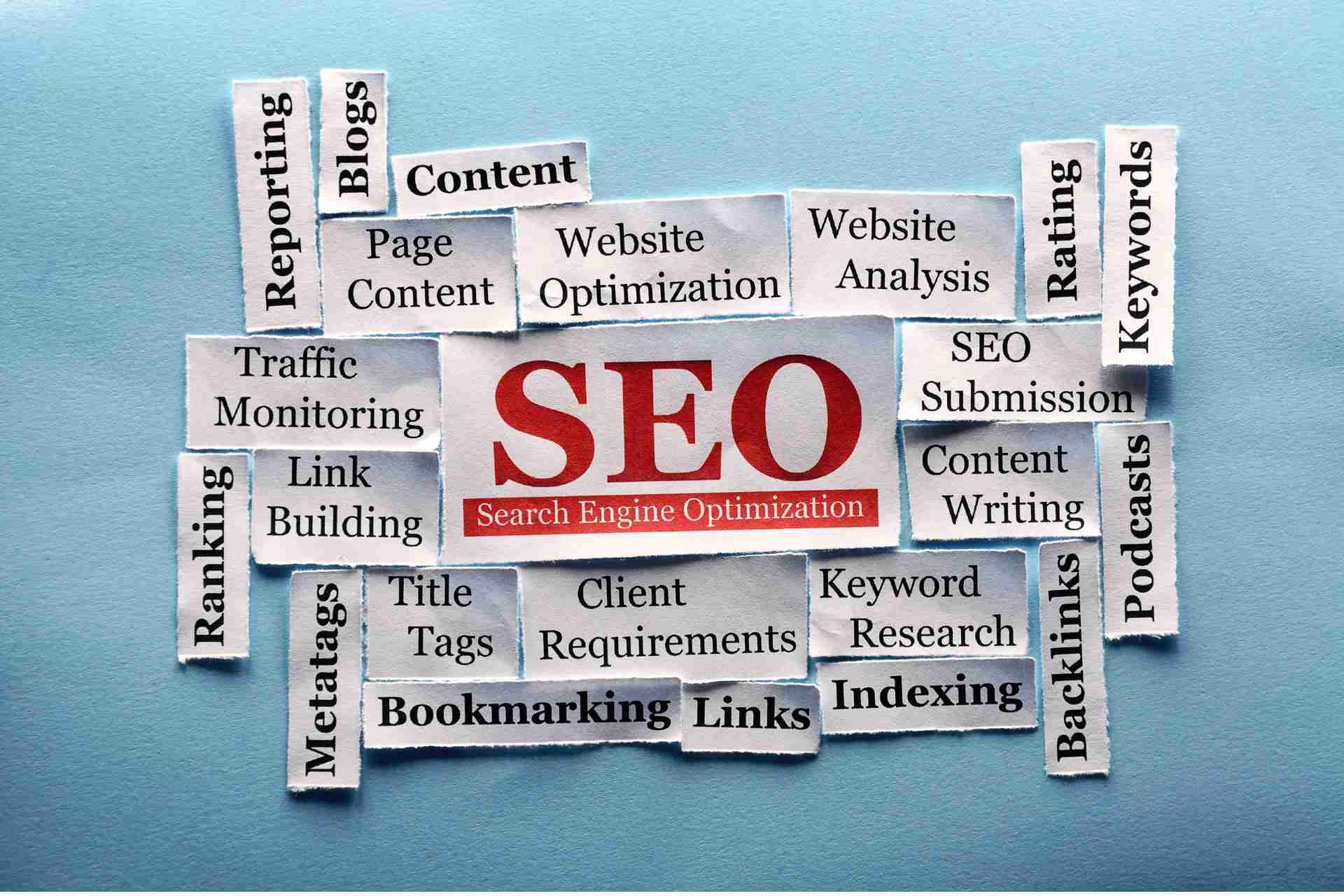How Web Design Impacts Customer Experience

In this digital age, having a well-designed website is crucial for business success. Your website is often the first point of contact for potential customers and can greatly influence their overall experience with your brand. From navigation to visual appeal, every aspect of web design plays a role in shaping customer perceptions and ultimately driving conversions.
Crafting a captivating customer journey through your website begins with the potent power of web design. Visual allure captures attention, but it's not just about looks; functionality plays a pivotal role too.
The seamless interplay between aesthetics and usability can either elevate or dampen your audience's interaction with your brand. As you ponder the impact of web design on customer experience, consider how each element influences perceptions and actions.
Visual Appeal
When designing a website, focus on creating visually appealing elements to captivate your audience and enhance their browsing experience. Color psychology plays a crucial role in evoking emotions and perceptions from your visitors. Different colors can convey various messages and elicit specific responses. For example, using warm tones like red and orange can create a sense of urgency, while cool tones like blue and green can promote feelings of calmness and trust. By understanding color psychology, you can strategically choose hues that align with your brand identity and evoke the desired feelings in your audience.
In addition to color psychology, maintaining branding consistency across your website is key to establishing a strong and memorable online presence. Consistent use of logos, fonts, and design elements helps reinforce brand recognition and trust among your visitors. When your website reflects your brand's identity cohesively, it not only enhances the overall user experience but also contributes to building a loyal customer base.
First impressions matter
When a customer lands on your website, they should immediately get a sense of your brand and what you have to offer. A well-designed website with a clean and organized layout can convey professionalism and credibility, which can go a long way in building trust with potential customers.
Navigation and User Experience
To optimize user experience on your website, seamless navigation plays a pivotal role in ensuring visitors can easily find what they're looking for. A well-structured navigation system enhances website usability by guiding users to relevant information quickly. When users can navigate your site effortlessly, it increases user engagement as they're more likely to explore further.
Incorporating intuitive menu layouts, clear categories, and a search function can significantly impact how users interact with your site. Simplifying the navigation process ensures that visitors can move smoothly between pages, ultimately leading to a more satisfying user experience. By paying attention to the placement of navigation elements and maintaining consistency throughout the site, you can enhance user engagement and encourage them to spend more time exploring your content.
Responsive Design and Accessibility
Responsive design and accessibility go hand in hand in ensuring your website caters to a diverse range of users and devices. When your website is responsively designed, it adapts seamlessly to different screen sizes, providing optimal viewing experiences on desktops, tablets, and smartphones. This mobile optimization is crucial in today's digital landscape where a significant amount of web traffic comes from mobile devices.
Incorporating accessibility features in your design ensures that all users, including those with disabilities, can navigate and interact with your site effectively. Screen readers, for example, are assistive technologies used by visually impaired individuals to interpret website content. By structuring your website with proper headings, alt text for images, and descriptive links, you enhance its compatibility with screen readers, making your content accessible to a broader audience.
Improve Conversion Rate
If your website is not converting as well as you would like, it may be time to take a closer look at your web design.
Here are some tips to help improve your conversion rate with web design:
- Simplify your design: A cluttered or busy website can be overwhelming for visitors and can drive them away. Keep your design clean and simple, with clear navigation and easy-to-read text. Use plenty of white space to make your content stand out and guide visitors towards your call-to-action.
- Make your call-to-action clear: Your call-to-action is the action you want visitors to take on your website, whether it's making a purchase, signing up for a newsletter, or filling out a contact form. Make sure your call-to-action is prominently displayed on every page of your website and is easy to spot. Use contrasting colors and bold fonts to make it stand out.
- Use high-quality images: Images can play a powerful role in conveying your brand's message and engaging visitors. Use high-quality, professional images that are relevant to your products or services. Avoid using generic stock photos and opt for original images that showcase your unique offerings.
- Optimize for mobile: With more and more people using mobile devices to access the internet, it's crucial that your website is mobile-responsive. Make sure your website is optimized for mobile devices, with a design that adjusts to different screen sizes and resolutions. A mobile-friendly website will not only improve the user experience but also help with your search engine rankings.
- Test and track your results: To truly understand how your web design is impacting your conversion rate, it's important to test and track your results. Use A/B testing to experiment with different design elements and see which ones lead to higher conversion rates. Monitor your analytics to see where visitors are coming from, how long they are staying on your site, and how many are converting.






